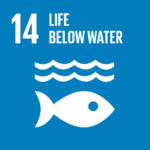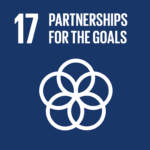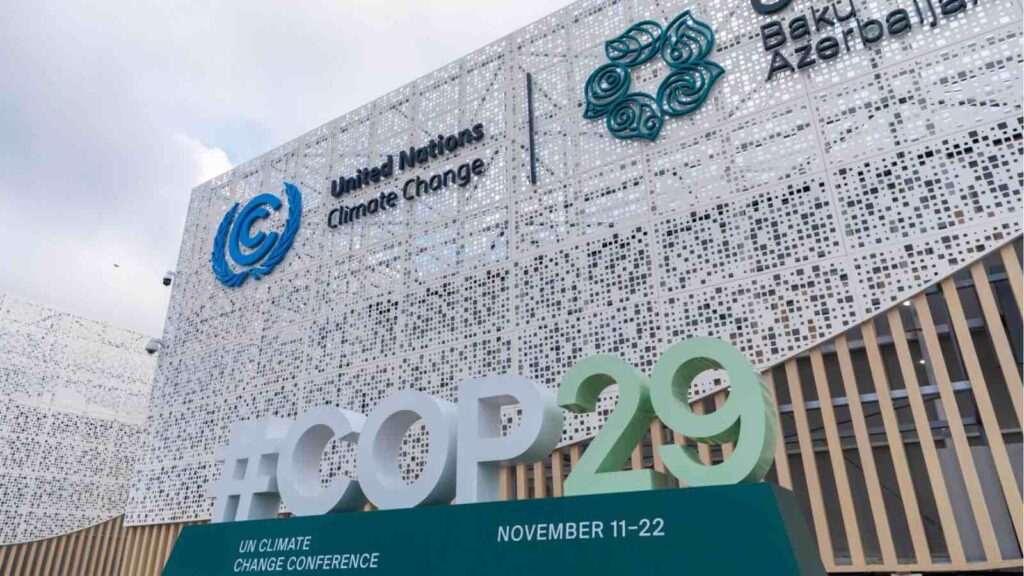As world leaders gather in Baku for COP29, 2024 is set to be the hottest year on record, inching us perilously close to the 1.5°C warming threshold.
The World Meteorological Organization’s (WMO) State of the Climate 2024 Update unveiled at the opening of COP29 confirms an unsettling truth: the past decade, from 2015 to 2024, has been the warmest in recorded history. This latest report, released as global leaders convene in Baku, Azerbaijan, sends a clear message of urgency. With greenhouse gases at unprecedented levels and a powerful El Niño event in play, the report marks the current year as the warmest ever, putting the world just shy of the 1.5°C benchmark.
RELEVANT SUSTAINABLE GOALS




Beyond Numbers: The Escalating Impacts of Warming
The January-September 2024 period saw global temperatures rise 1.54°C above pre-industrial levels. While the WMO cautions that long-term averages still fall below 1.5°C, this temporary breach highlights the volatility of climate impacts. Beyond temperature records, the report documents accelerating sea-level rise, record-breaking ocean heat, and alarming glacier losses, which are compounding the intensity of extreme weather worldwide.
The human and economic toll is rising rapidly, as extreme heat, storms, and flooding wreak havoc on lives, communities, and ecosystems.
Why 1.5°C Matters More Than Ever
As scientists at COP29 emphasize, each fraction of a degree of warming multiplies the risks of irreversible damage. Staying below the 1.5°C mark isn’t merely a goal; it’s a threshold that will determine the intensity and frequency of climate impacts. Here’s what the science shows us if warming crosses this line:
Extreme Heat: At 1.5°C, 14% of the world will face extreme heatwaves every five years. A rise to 2°C nearly triples that figure to 37%.
-
Biodiversity Loss: Warming from 1.5°C to 2°C doubles habitat loss risks for vertebrates and plants and triples them for insects, putting ecosystems and food security on the line.
Agriculture: Crop yields in tropical areas could shrink by 7%, while permafrost thaw could release stored greenhouse gases, accelerating global warming.
Marine Ecosystems: Coral reefs are projected to decline 70-90% at 1.5°C; at 2°C, 99% could be destroyed, putting fisheries and coastal communities at further risk.
For those gathered at COP29, this report underscores the urgency of collective action to ensure a livable future. Inger Andersen, Executive Director of the UN Environment Programme, stressed, “The world doesn’t have time for business as usual.” With 2024 on track to become the hottest year, Andersen and other global leaders urge immediate policy shifts to keep warming under 1.5°C.
COP29 attendees and the global community are now faced with a critical question: What roles will governments and industries play to turn this tide? As discussions unfold, commitments from both the public and private sectors will be essential in cutting emissions and promoting sustainable practices.
The WMO report serves as a resounding call for transformative change. COP29 offers a pivotal opportunity for world leaders to make the tough decisions that will shape the future of the planet. With the stakes higher than ever, the world is watching to see if this summit can generate the momentum needed to meet global climate goals.
You may also be interested in :
The Risks of Overshooting the 1.5°C Climate Target: Why Carbon Removal Alone Won’t Save Us




